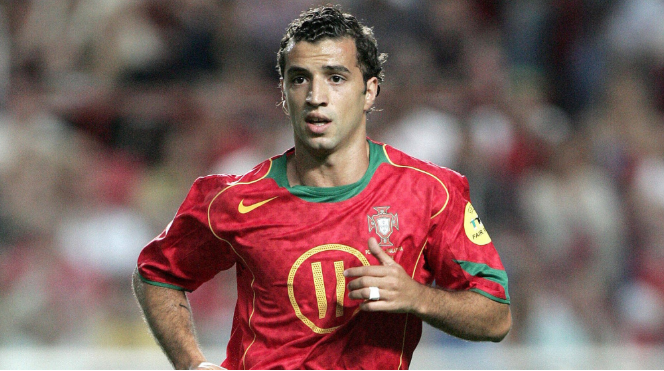Senegalese sculptor Ousmane Sow laid to rest
Senegalese sculptor Ousmane Sow, one of the giants of African art, was laid to rest in Dakar on Tuesday, five days after he died at the age of 81.
President Macky Sall was among those paying tribute to Sow before his funeral, attended by politicians and artistic leaders as well as his loved ones.
“The man we are accompanying today to his final resting place was a great man of Senegal,” Sall said, cited by the official APS news agency, also calling him “a world-renowned artist” and a “resolute humanist”.
Sow, who died last Thursday, “will remain an upstanding monument in the pantheon of great creators of the 20th and 21st centuries,” added the head of state.
Sow was best known for his monumental sculptures of Nubian wrestlers inspired by the pictures taken in Sudan by the controversial German photographer Leni Riefenstahl.
Sow’s series of striking bronzes of muscular African men — “The Maasai”, “The Zulus” and “The Fulani” — were widely exhibited in France and at the prestigious Documenta festival in Germany and the Venice Biennale.
The former physiotherapist, who was the first African to be admitted to the French Academy of Beaux Arts, only began working seriously when he was 50.
Until then he used to have to destroy his sculptures as soon as he made them because he had nowhere to store them.
Although he lived between Senegal and Paris, his talent was only spotted when a friend told curators at the French Cultural Centre in Dakar about him.
They gave Sow an exhibition in 1987, and the unexpected rise of a man who said he “never dreamt of being an artist” up the contemporary art ladder began.
“Perhaps it was luck, but I do it for pleasure,” he told AFP.


